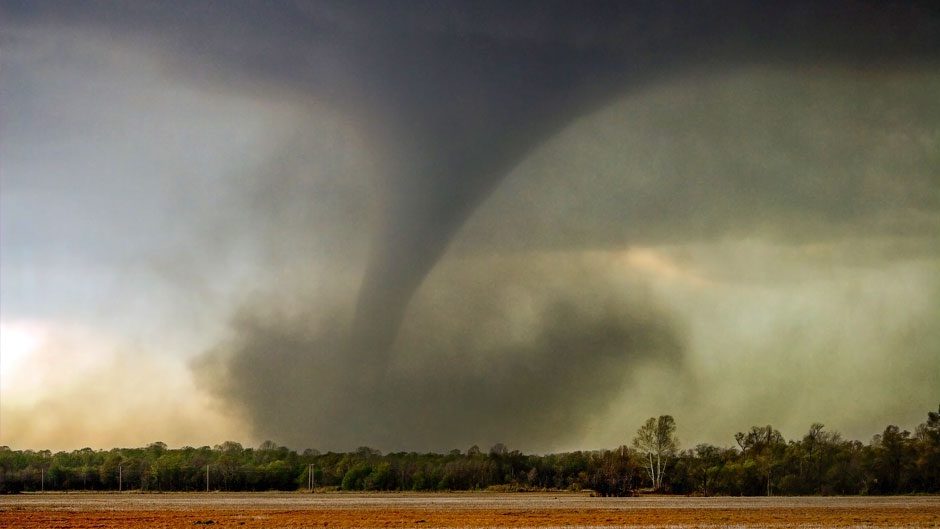Tornadoes and hurricanes are two of the most destructive natural disasters that can cause damage and destruction to human life and property. Tornadoes are rotating columns of air that touch the ground and are usually associated with thunderstorms, while hurricanes are swirling masses of low pressure that form over warm ocean waters. Hurricanes have lower wind speeds but can cover a much larger area than tornadoes, while tornadoes typically cause localized damage to a small area. Understanding the differences between these two phenomena can help people prepare for and respond to them more effectively.
Tornado vs. Hurricane: Comparing the Most Destructive Natural Phenomena
Introduction
Natural disasters are phenomena that occur naturally on earth and can cause a lot of damage and destruction to human life and property. Two of the most destructive natural disasters, hurricanes and tornadoes, are often confused with one another. Although both of them are violent winds that can cause severe damage, they also have some significant differences. In this article, we will discuss the main differences and similarities between hurricanes and tornadoes.
Definitions and Characteristics of Tornadoes and Hurricanes
A tornado is a rotating column of air touching the ground, usually descending from a cumulonimbus cloud. It has a characteristic funnel shape and can range in size from a few meters to more than 1 km in diameter. Tornadoes typically form in areas of low atmospheric pressure, such as thunderstorms, and can move in any direction.
On the other hand, a hurricane is a swirling mass of low pressure that forms over warm ocean waters. It is also known as a tropical cyclone, and its winds can exceed 74 miles per hour. Hurricanes can be more than 2,000 km wide and can last for up to a few weeks.
Sources of Energy
Both tornadoes and hurricanes are powerful windstorms that can cause damage and destruction. However, the sources of energy that power them are different. Tornadoes are powered by the instability of the atmosphere and are usually associated with thunderstorms. Hurricanes, on the other hand, are powered by the heat and moisture that is released by the warm ocean waters where they form.
Wind Speed and Intensity
The wind speed and intensity of tornadoes and hurricanes are also different. Tornadoes are usually more intense than hurricanes, and their wind speeds can exceed 300 miles per hour. In contrast, hurricanes have lower winds speeds but can cover a much larger area.
Damage Caused
Both tornadoes and hurricanes can cause significant damage to human life and property. However, the nature of the damage caused by each is different. Tornadoes usually cause localized damage to a small area, while hurricanes can cause widespread destruction over a much larger area.
Hurricanes can cause flooding, storm surges, and high winds that can lead to structural damage, power outages, and even loss of life. Tornadoes, on the other hand, can cause damage to homes, vehicles, and trees, and are often associated with hailstorms and lightning strikes.
Conclusion
In conclusion, while tornadoes and hurricanes are both powerful windstorms that can cause significant damage, they also have some critical differences. Tornadoes are intense winds that can cause localized damage in a small area, while hurricanes are larger systems that can cause widespread destruction over a more significant area. Understanding the differences between these two phenomena can help people understand how to prepare for and respond to them more effectively.
